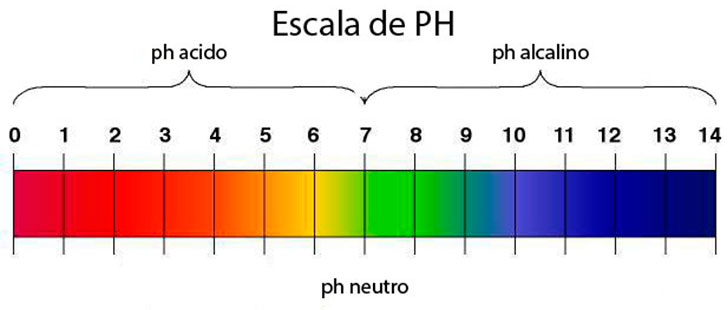OBJECTIVES:
1. Identify mineral salts in organisms
2. Understand the function of inorganic biomolecules in skeletal structures of organisms
MATERIAL:
- Acetic Acid
- Chicken bones
- Mollusks
- Baker
PROCEDURES:
Chicken bones
- Carefully clean and cut ad much of the meat away from the chicken thin bone as possible.
- Examine the flexibility of the bone by trying to bend it with your fingers.
- Take a beaker and make and acid acetic solution or add vinegar.
- Take the chicken bones and drop them in the acid acetic solution (vinegar) that you have made.
- tLeave it 24 hours and see what happens to the bone.
- Write the results in your lab worksheet.
Mollusks shells
- Take another beaker and make the same acid acetic solution.
- Put inside some shells and make note of what is happening.
- Write the observations in your lab worksheet.
RESULTS:
Chicken bones
The bones are more flexibility because of the lack of calcium.
Mollusks shells
The mollusks have desintegrated
QUESTIONS:
- Write the reaction that takes place when the acid acetic reacts with the calcium carbonate. Calcium carbonate react with acetic acid: CaCO3 + 2CH3COOH → Ca(CH3COO)2 + H2O + CO2
- What is happening when the shells are soaking of acetic acid? What are the bubbles that you can see? when the shells are soaking the acetic acid it make bubbles. This bubbles are CO2.
- What is happening to the bone after some days of soaking it in acetic acid? Why is the bone flexible now? the bones are more flexible when dissolved the acetic acid because the bone is mainly made of calcium salts that are responsible for the hardness of the bones. When subjected to the action of vinegar (acetic acid), a chemical and much bone calcium vinegar reaction will go towards forming another substance called calcium acetate, losing in this way hardness, and becomes flexible.
- So, what is the function of the calcium carbonate in the skeletal structures? the funcion is give rigidity on the bones
- Increases in carbon dioxide to the atmosphere from the burning fossil fuels and deforestation threaten to change the chemistry of the seas. Evidence suggests that this increase in atmospheric carbon dioxide is lowering the pH of the oceans in a process called ocean acidification. How can acidification affects corals reefs? Cuando el CO2 de la atmósfera se disuelve en el agua, el pH baja ligeramente y se producen cambios químicos de los carbonatos. Esto a su vez hace más difícil formar sus conchas y esqueletos a una serie de animales marinos








